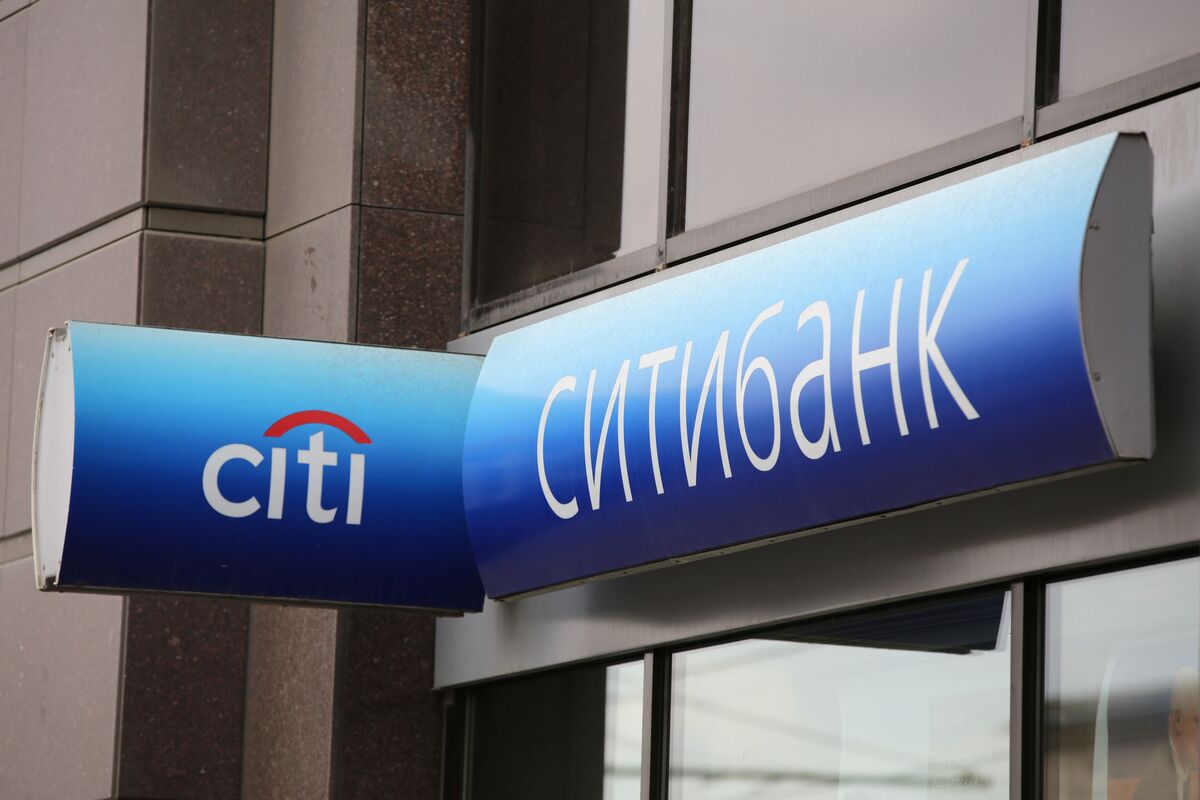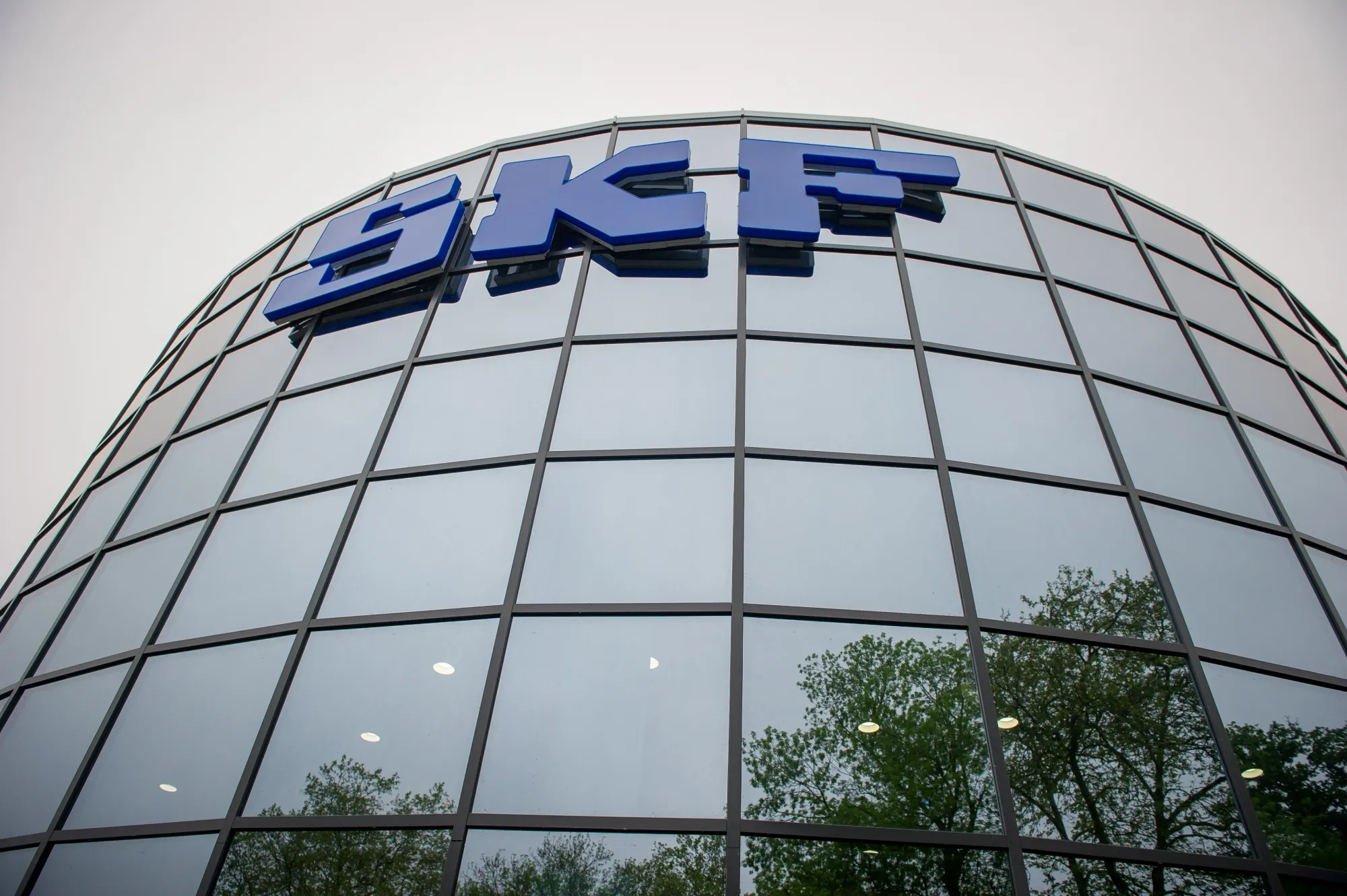Fitch Downgrades France to A+: Market Calm, Ratings Credibility in Question
Fitch’s cut of France to A+ highlights debt and politics, but markets disagree. OATs (IBGL.L) yield just 3.5%, spreads over bunds stay modest, and CDS signals calm. With €7.3T in household wealth and ECB support, France looks resilient. The bigger risk is benchmark-driven portfolio distortions.

France’s downgrade by Fitch from AA- to A+ is more than a symbolic step down the credit ladder. It places Europe’s second-largest economy in the A category for the first time in modern rating history and signals a warning that extends beyond Paris to the architecture of global sovereign markets. Fitch justified the move by pointing to persistently high deficits, a rising debt ratio, and political fragmentation that clouds the outlook for fiscal consolidation. Yet when tested against history, market pricing, peer comparisons, and the structural buffers embedded in France’s economy, the downgrade appears more like a narrative-driven judgment than an evidence-based forecast.
France’s Rating Path: From AAA to A+
Until 2012, France held a pristine AAA rating across the big three agencies. Even during the global financial crisis, when debt surged from 65 percent of GDP in 2007 to 85 percent by 2011, markets treated French OATs (IBGL.L) as core European paper alongside German bunds (BUND-DE10Y). The first downgrade came in 2012, to AA+, as the eurozone crisis forced Europe to reckon with fiscal slippages. Fitch cut further to AA in 2013 and AA- in 2015, citing slow growth and rising debt.
At that point, French debt stood at ~95 percent of GDP and the deficit was close to 4 percent. Markets, however, continued to price OATs only modestly wider than bunds. The introduction of ECB backstops—OMT in 2012, QE in 2015, and later PEPP in 2020—fundamentally altered sovereign risk in the eurozone. Unlike in 2011–2012, when Italy (BTP-IT10Y) saw yields spiral above 7 percent, France and other core issuers could rely on the ECB as a lender of last resort. Today, debt is higher at 113 percent of GDP and projected to reach 121 percent by 2027, but the architecture for preventing self-fulfilling debt runs is stronger than ever. Fitch’s downgrade implicitly discounts these institutional changes.
Peer Comparisons: Where the Numbers Don’t Add Up
Placed alongside peers, the downgrade looks inconsistent.
| Country | Debt/GDP (%) | Fiscal Deficit (% GDP) | 10Y Yield (%) | Fitch Rating | Market Proxy |
|---|---|---|---|---|---|
| France | 113 (2024) → 121 (2027e) | -5.8 (2024) | 3.47 | A+ (cut from AA-) | IBGL.L (iShares France Govt Bond ETF) |
| Italy | 137 | -7.2 | 3.95 | BBB | BTP-IT10Y; ITLY (iShares Italy Govt Bond ETF) |
| Spain | 110 | -3.9 | 3.55 | A- | SPGB-ES10Y; IESP (iShares Spain Govt Bond ETF) |
| UK | 100 | -5.6 | 4.25 | AA- | GILT-UK10Y; IGLT.L (iShares UK Gilts ETF) |
| Germany | 65 | -2.0 | 2.55 | AAA | BUND-DE10Y; IBGL.DE (iShares Germany Govt Bond ETF) |
| Japan | 255 | -5.0 | 0.75 | A | JGB-JP10Y; 1310.T (Nomura Japan Bond ETF) |
| U.S. | 120 | -6.3 | 4.25 | AA+ | UST-US10Y; TLT (iShares 20+ Year Treasury ETF) |
Italy’s debt ratio is higher and its political volatility far greater, yet it remains investment grade at BBB. Japan’s debt is more than double France’s but holds an A, protected by a captive investor base and central bank monetization. The United States has similar debt metrics to France but keeps AA+. The UK, which suffered a gilt market meltdown in 2022, is still AA-. Spain, smaller and more vulnerable, is rated A-. If fiscal ratios and politics were applied consistently, France’s relative standing should not be this low. Fitch’s downgrade thus raises questions of methodology, particularly around how much weight it assigns to political noise in Paris compared to structural risks elsewhere.
Politics: Noise vs. Execution
The agency’s emphasis on political fragmentation is understandable but exaggerated. France’s National Assembly is fractured, and President Macron has faced a no-confidence vote. Yet French politics has always been fractious. The key question is whether the state delivers reforms despite turbulence. Here the record is stronger than Fitch allows.
The 2023 pension reform, projected to save €17 billion annually by 2030, passed despite mass demonstrations. Corporate tax reductions and labor reforms have also been implemented in recent years. Compare this to Italy, where revolving governments repeatedly shelve fiscal consolidation, or to the U.S., where debt-ceiling crises threaten technical default almost annually. Fitch appears to penalize France’s political theater while discounting the state’s technocratic execution capacity. Markets, in contrast, price execution capacity higher than rhetoric.
Market Signals: Stability, Not Stress
The clearest rebuttal to Fitch comes from markets. France’s 10-year OAT yield at 3.47 percent, tracked by IBGL.L, sits only about 60bps above bunds. In 2011, Italy’s spread blew past 500bps. French CDS spreads, as captured in Markit iTraxx SovX Western Europe, remain tight. Investors treat France as semi-core, alongside Germany, not as a high-beta peripheral like Italy.
Moreover, France’s role in global benchmarks is critical. OATs are embedded in indices such as Bloomberg Global Aggregate (LEGATRUU) and FTSE WGBI, tracked by ETFs like BNDX and AGGH. Downgrades can mechanically shift benchmark weights, forcing reallocation. Ironically, this creates volatility where none existed. While the market sees stability, Fitch risks manufacturing turbulence by pushing a systemic sovereign into the A-bucket.
Buffers: The Overlooked Asset Side
Fitch’s downgrade focuses almost exclusively on debt. But France’s asset side is formidable. Household financial wealth exceeds €7.3 trillion, with a savings rate of 17 percent—the highest in the eurozone. Domestic institutions—banks, insurers, pension funds—anchor demand for OATs. The French bond market, with €3 trillion outstanding, is the world’s second-largest after U.S. Treasuries. Liquidity depth alone lowers risk premiums, as OATs serve as collateral in repo markets worldwide. Ignoring these buffers distorts the true risk profile.
Systemic and Geopolitical Dimensions
France is not just another sovereign borrower. It is Europe’s primary military power, a permanent UN Security Council member, and a key architect of EU fiscal and defense integration. Future spending needs—defense, climate transition, energy security—will require fiscal space. A ratings framework that penalizes such strategic outlays without acknowledging their systemic value risks becoming detached from geopolitical reality.
Globally, the downgrade matters because of benchmark effects. With over €3 trillion of OATs outstanding, any reweighting in indices like LEGATRUU or WGBI reverberates across passive portfolios. Investors in funds like BNDX or AGGH may see allocation shifts not because fundamentals deteriorated, but because Fitch altered a rating label. The result is not improved risk signaling but distorted capital flows.
Forward-Looking Scenarios and Market Watch
- Best Case (30% probability): Reforms deliver, growth stabilizes above 1.5 percent, debt peaks by 2027, and Fitch restores AA-. Market tickers to monitor: IBGL.L (OAT spreads tightening), SX7E (Euro Stoxx Banks), signaling reduced sovereign-bank feedback risk.
- Base Case (50%): Deficits persist near 4–5 percent, debt stabilizes at ~121 percent of GDP, and France holds A+ with neutral outlook. Key watch: SovX Western Europe CDS index for stability.
- Worst Case (20%): Gridlock prevents consolidation, debt climbs toward 125 percent, spreads widen past 100bps over bunds, and rating slips to A. Watch BTP-IT10Y vs. OAT-FR10Y spreads for convergence with Italy.
Analyst Verdict
The downgrade of France to A+ is less a reflection of fiscal reality than a judgment on political optics. Debt is high, but manageable; politics are noisy, but institutions deliver; markets are stable, but ratings amplify skepticism. For investors, the key is not France’s ability to finance itself—it can—but the distortions ratings create in global allocation frameworks.
Tickers to watch are clear: IBGL.L for French OATs, BUND-DE10Y for spreads, SovX Western Europe for CDS, and global bond ETFs like BNDX and AGGH for passive flow effects. The lesson is simple: ratings are lagging, markets are leading, and France remains a core anchor of the eurozone bond market, regardless of Fitch’s label.





